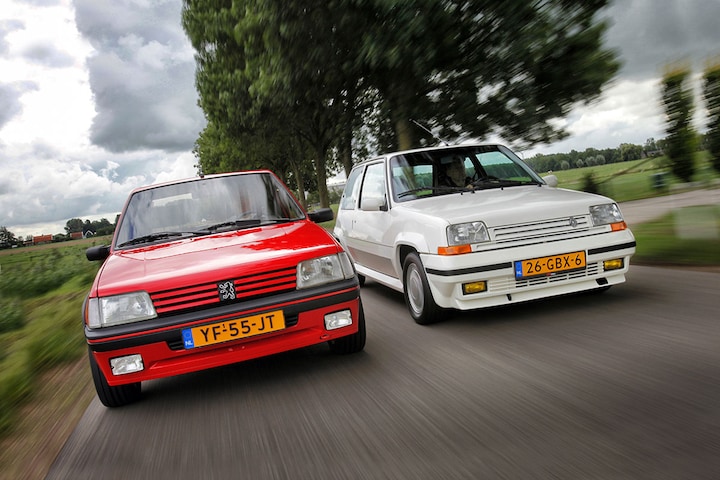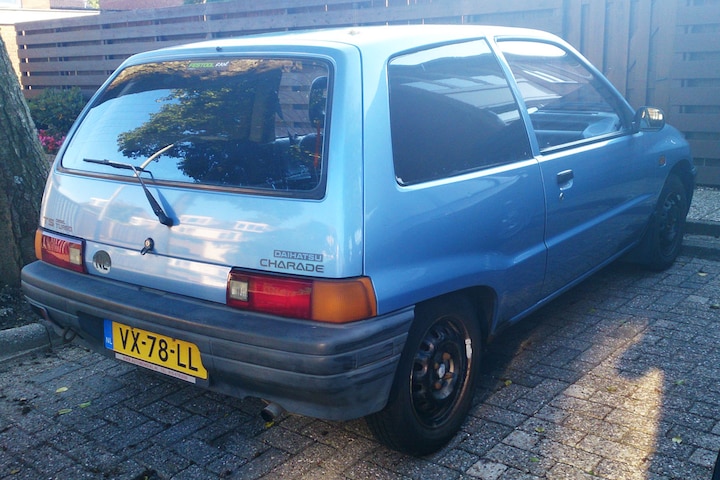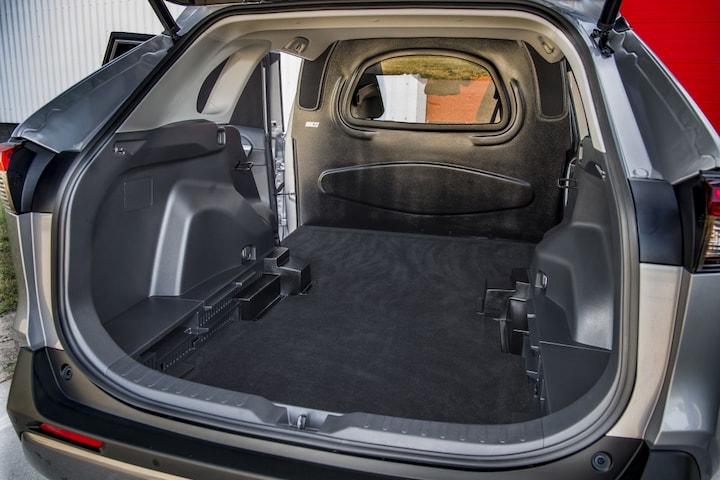The gray license plate is now reserved for vans and converted SUVs, but it was once different. In this edition of De Vluchtstrook, we look back at the history of the gray license plate and the possibilities that came with it.
In the Netherlands, one clear trend has been visible over the years when it comes to car taxes: it is not getting any easier. This also applies to the gray license plate. The name ‘gray license plate’ comes from the fact that the registration certificate part I of such a license plate was gray in the past. Later that distinction disappeared from the registration certificate, but the name remained. A gray license plate can be recognized by the letter combination that starts with the ‘B’ or the ‘V’. A gray license plate provides tax benefits and is intended for delivery vans. Today, there are extensive requirements for this, but before 1988 it was different. Back then, as a private individual, you could still simply purchase a small hatchback with a gray license plate.

Enjoy tax benefits: these two could once be driven on a gray license plate.
The requirement was fairly simple: the car could not have a back seat, so that only goods could be transported in the back. If this was the case, the car was eligible for the gray license plate and the holder of the registration certificate did not have to pay bpm and considerably less road tax. You may already feel it coming: they eagerly used it. Cars such as the Volkswagen Golf, Ford Escort, Renault 5 and Peugeot 205 were regularly delivered without a rear seat and with a gray license plate. With sporty versions, such as the Renault 5 GT Turbo and the Peugeot 205 GTI, you even scored two birds with one stone: lower weight and lower costs. In fact, even the Nissan Silvia was available with a gray license plate at the time.
Out with the fun
The government also recognized that the then scheme surrounding the gray license plate led to a large group of car owners who benefited from it in a special way, while the cars in question were not used for business purposes. That is why the scheme was overhauled in 1988. From then on, the cars were no longer allowed to have side windows in the ‘cargo area’, except for the rear right side window. Of course, it was still possible to work around that by simply blinding the windows. Moreover, car owners who already had a gray registration certificate at the time were allowed to continue driving.

A Daihatsu Charade with blinded rear windows and gray license plate.
That changed in 1994. From then on, all cars with a gray license plate had to meet the new design requirements. Not only did the cargo space have to be of a certain size, but from then on, a partition also had to be fitted between the cargo area and the cabin. Today, those requirements still apply. In one fell swoop, a lot of cars were no longer eligible for a gray license plate. People who had registered their car before that time were also screwed. They no longer drove ‘gray’ and from then on they had to pay a higher amount of motor vehicle tax. From 2005, only entrepreneurs have a tax advantage when driving with a gray license plate. Individuals are therefore no longer eligible for this today.
Current requirements
Nowadays, the possibilities for converting a passenger car to a delivery van with a gray license plate are still very limited. The Tax and Customs Administration has drawn up a whole package of requirements for this: the roof of the cargo area must be less than 25 centimeters higher than the top of the driver’s door opening, there may be no windows on the left side of the cargo area and one side window on the right side of the cargo area. In addition, there must therefore be a fixed wall directly behind the driver’s seat, whereby the wall may have one or more fixed windows next to each other of a maximum height of 40 centimeters.

Toyota RAV4 Van, a conversion to gray license plate.
The size of the loading space must be at least 1.25 meters in length. The height must be at least 98 centimeters over a length of 1.25 meters and a width of at least 20 centimeters. That means that the roof may slope slightly. Due to the height requirement in particular, only large SUVs are currently eligible for conversion to a gray license plate. You see that happening frequently. Cars like the Volvo XC90, Mercedes-Benz GLE and Audi Q7 can often be spotted as ‘delivery van’. You also sometimes see the SsangYong Rexton driving on a gray license plate. Given the history of tax legislation surrounding the gray license plate, the question is how long one can still enjoy it …